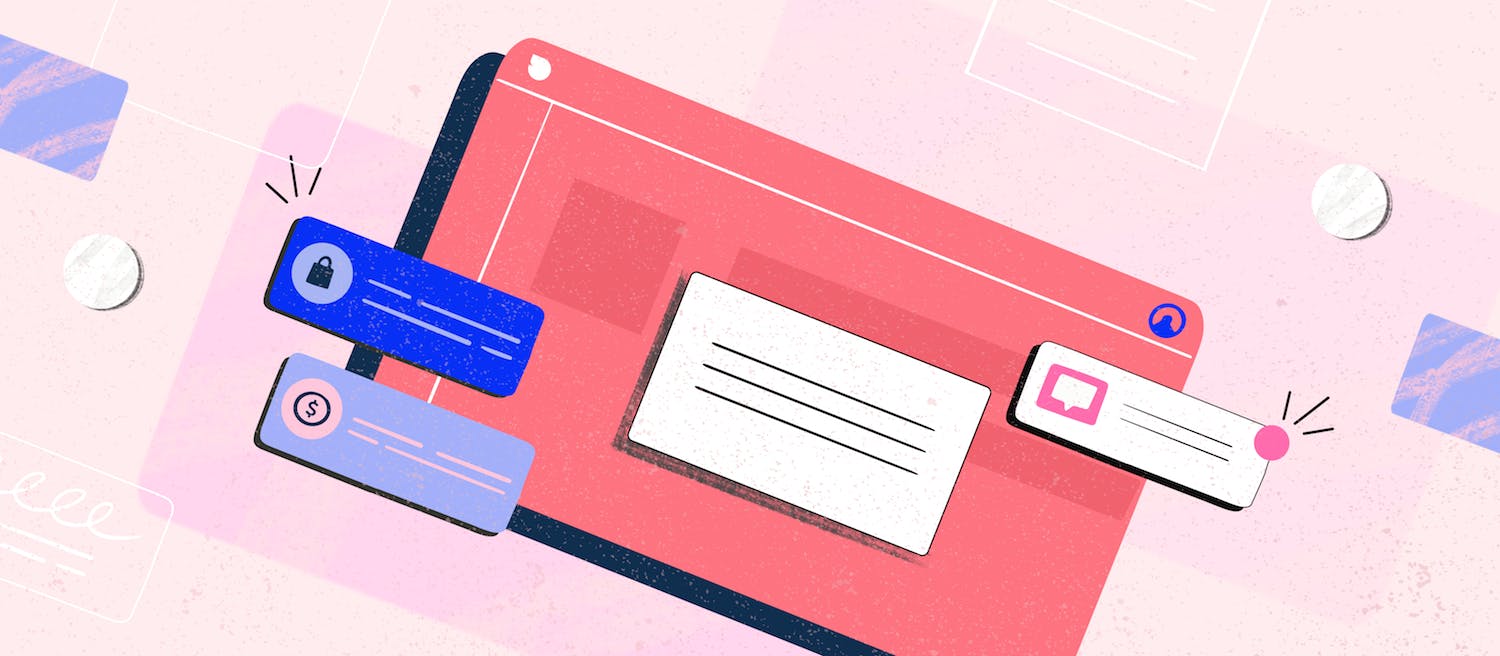Sendbird streamlines push notifications testing with a new developer tool

Push notifications are a frequent impediment when building messaging, voice, and video chat apps. Their complexity and intricacies can easily lead to delivery failures, which are hard to debug unless you have the right tool.
We are excited to announce a fantastic new push notifications tester tool in the Sendbird dashboard to solve this debugging problem. It is available at no additional charge with all our plans. With this new tester tool, developers in our community will be able to quickly determine the root cause of delivery issues and save valuable development time for their apps.
With the new tool, developers will be able to:
- Confirm if push notifications are being sent along with the messages
- Check and troubleshoot if the push notifications were not sent
- Check and troubleshoot if the push notifications were not received
How can push notifications help your business?
Push notifications are vital mobile prompts for apps. They help re-engage users who have been inactive because:
- the network became unreliable
- they switched to a different app
- they stepped away from their phone
Push notifications are the most effective way to bring your app back into the limelight instead of being relegated to the background or behind auto-lock screens. In fact, the Airship benchmark report of 2021 shows astounding stats:
- Opt-in rates vary between 30% to 95% across iOS and Android devices, with averages above 50%
- Open rates go up to 10% on iOS and 17% on Android
The data favors push notifications over email, and these best practices can help optimize results.
Push notifications are valuable across many verticals:
- In healthcare, reminders effectively reduce no-shows; even more so when translated into the user’s primary language.
- Financial services have the highest click-through rates, giving their users peace of mind with timely communication.
- On-demand delivery platforms improve the logistical coordination between the personnel and customers, leading to higher customer satisfaction and retention.
- E-commerce businesses revive opportunities by re-engaging users who abandoned their cart without checking out.
Our guide to mobile push notifications has everything you need to know about push notifications, their benefits, and how they can be used.

How does your mobile engagement score stack up?
Challenges when implementing push notifications in chat, voice, and video applications
The enablement of push notifications is a multi-step process that requires:
- credentials
- the implementation of an API
- the registration of users and devices
The complexity is intensified because developers need to repeat the process for multiple devices and mobile operating systems.
Also, each device uses its own notification service, such as:
- Apple Push Notification Service (APN) for iOS
- Firebase Cloud Messaging (FCM) for Android
- Huawei Mobile Services (HMS) for HarmonyOS
Then, each setup has its own specificities, leading to possible notification failures, frustrations, and unwelcome extended development time. Problems include:
- Certificate validity
- Device tokens validity
- User device token absence
- Implementations errors
In our experience, Android or React Native implementations give rise to the most challenges for developers.
Gaining insights to debug push notifications effectively
Until now, it was difficult to understand the reason for a failed notification delivery. Developers had to tinker somewhat blindly before contacting our support and solutions engineering team as a last resort. Our team of experts is highly effective; they combine years of development experience with access to Athena, an AWS interactive query service. This makes it easy for them to diagnose notification issues. However, with our new dashboard tool, developers will send push notifications, see results, and get back error messages directly from the dashboard.
To test push notifications, developers will need to follow the below process:
- Select a user
- Select a device token
- Send a notification
- Check for the notification on the device you are testing with
- See the popup window on the dashboard with the test message and results
In case of failure, the dashboard will relay the error message from the push notification service (APN, FCM, or HMS). For each error message, developers will be able to identify causes and solutions by visiting the push notifications services documentation of Apple, Google, and Huawei. For the most common ones, we provide answers in our React Native, iOS, Android, and Flutter docs. Also, in this tutorial, we walk you through the push notification tool and list common problems developers encounter.
Developers first!
At Sendbird, we strongly believe in the value of a comprehensive dashboard to set up, test, and monitor the Sendbird APIs. The new push notification tester tool is our latest contribution to make developers as effective and self-reliant as possible. Try it now! And let us know what you think on our community forum.
We look forward to hearing from you and wish you happy and serene push notifications testing! 🙂












